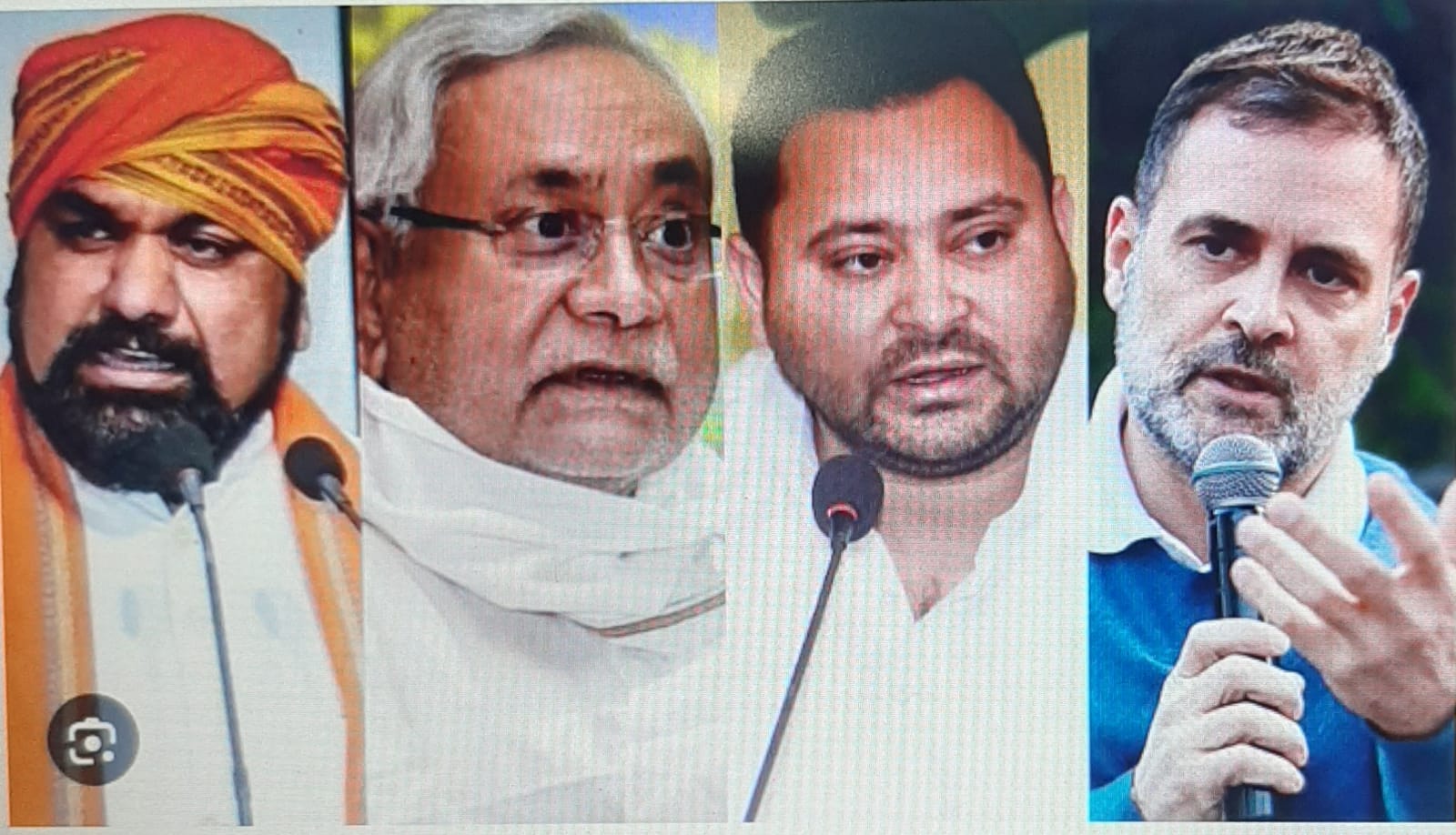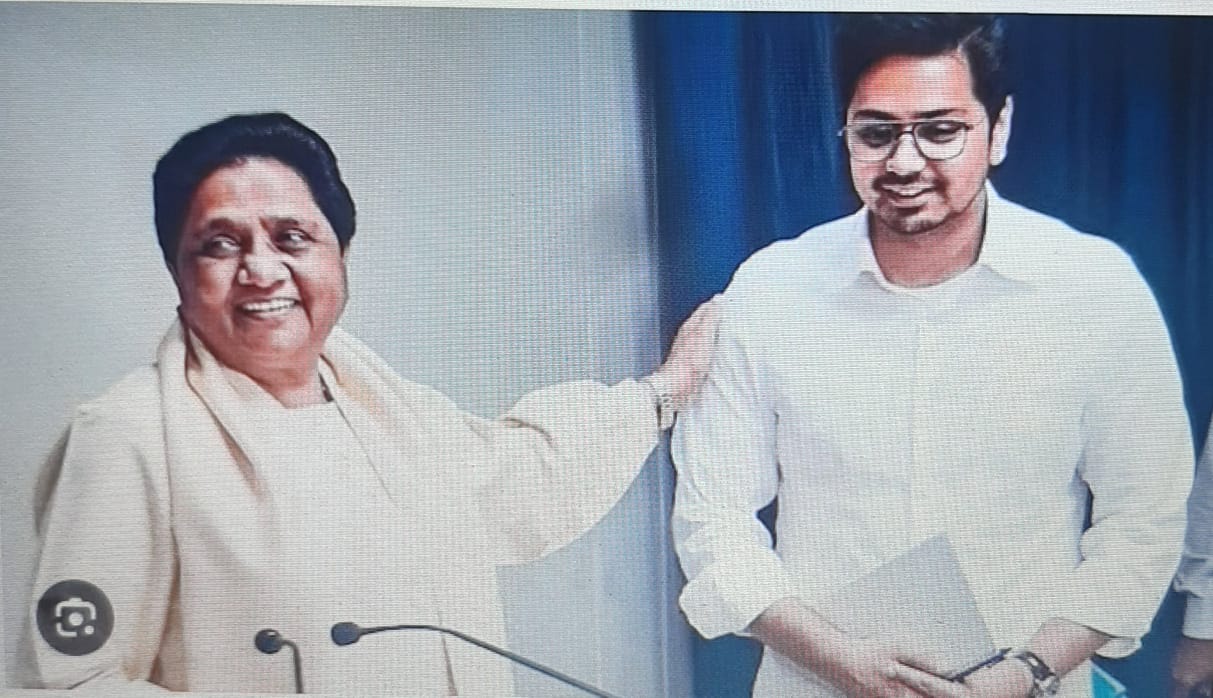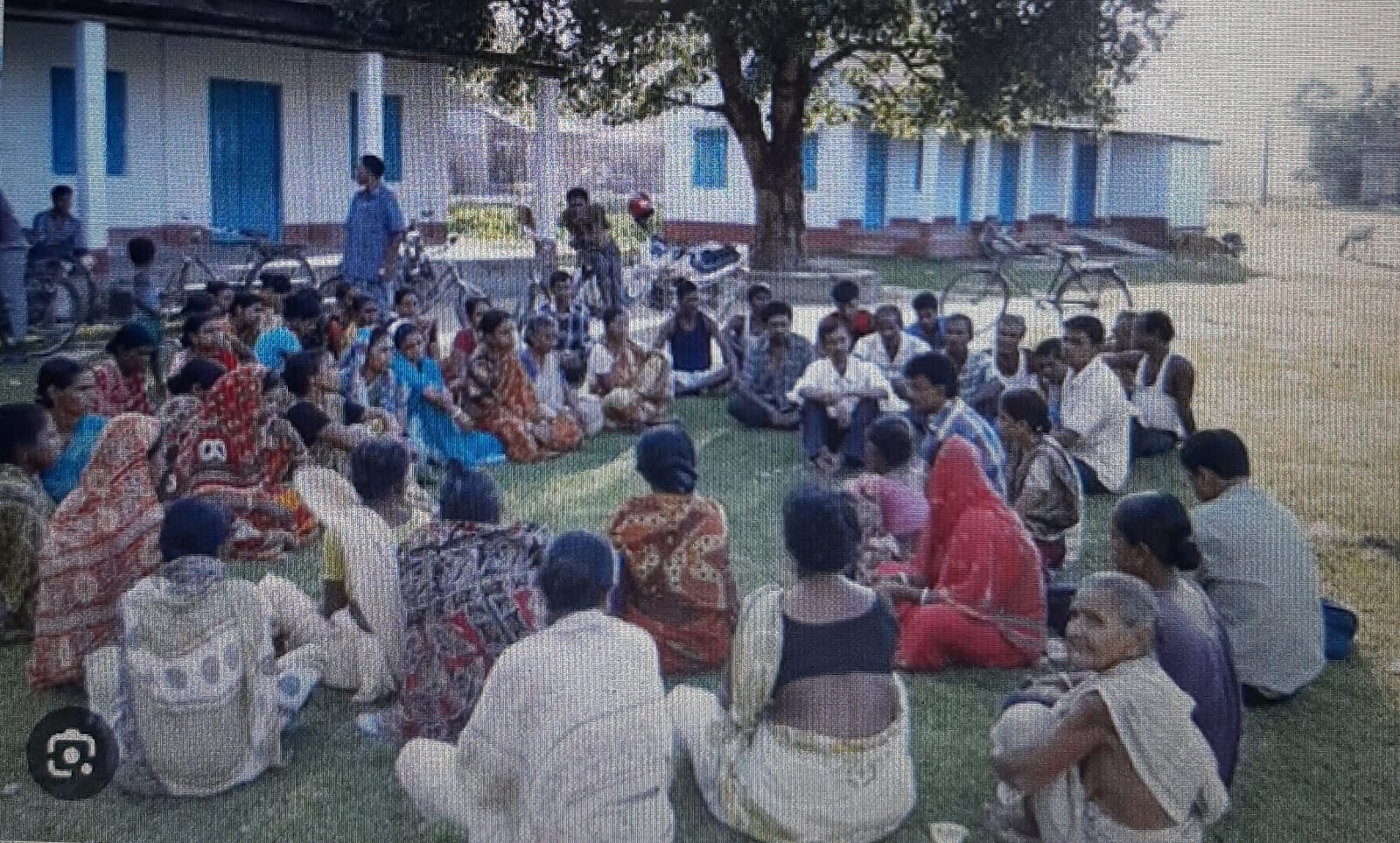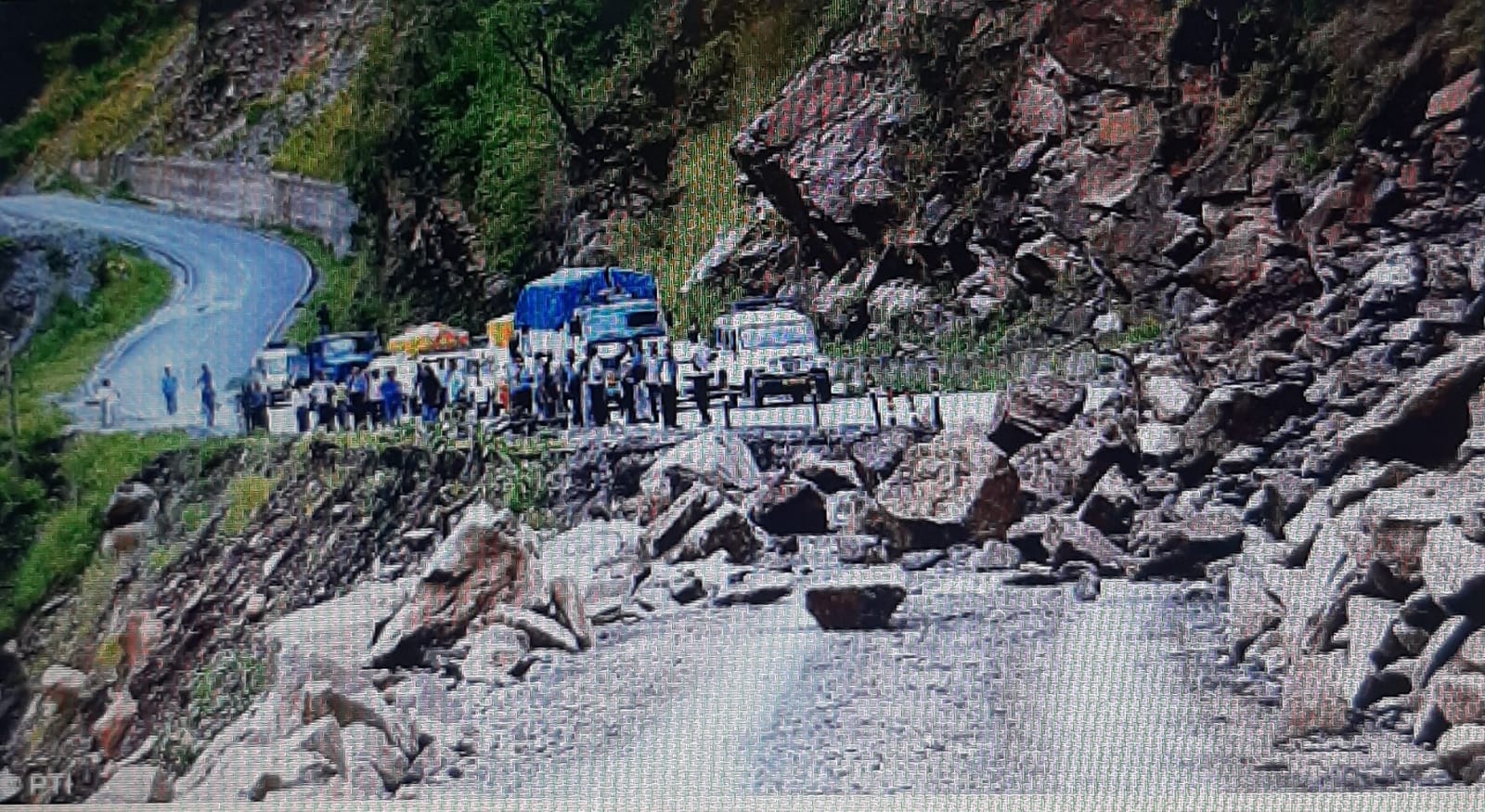
Compare the scenario with the state of Uttar Pradesh with a population of more than 22 crore which has so far reported 14,091 confirmed cases and only 417 deaths. Certainly, Uttar Pradesh is no match to Delhi and Mumbai in terms of availability of doctors, nurses, paramedics, beds etc.
VS Pandey
India has reported its highest single day death toll due to coronavirus – after Delhi and Maharashtra revised their previously reported numbers. Now, the number of deaths due to Covid-19 stands at 11,903 and the confirmed cases above the 355,000 mark. During the past few weeks, some states, particularly Delhi and Maharashtra, hogged the limelight due to the rising number of coronavirus infections and related deaths. While Maharashtra is at the head of the coronavirus infections table, Delhi is at third spot, after Tamil Nadu, and is soon expected to overtake Tamil Nadu as per current trends. In Maharashtra, Mumbai has been the highest contributor to coronavirus infected patients and deaths. Ironically, both Delhi and Mumbai have a much better medical and health care infrastructure and a higher density of health care professionals as compared to other parts of the country. Despite this clear edge, why have these two metros failed to control the spread of coronavirus that has led to loss of so many precious lives?
Both Mumbai and Delhi have a population of nearly 2 crore each. And their respective chief ministers are well equipped with all the governmental paraphernalia available right there to guide, monitor and control operations. Compare the scenario with the state of Uttar Pradesh with a population of more than 22 crore which has so far reported 14,091 confirmed cases and only 417 deaths. Certainly, Uttar Pradesh is no match to Delhi and Mumbai in terms of availability of doctors, nurses, paramedics, beds etc. According to data published by the Union Ministry of Health, Uttar Pradesh has 58,000 hospital beds for a population of more than 22 crore whereas Delhi has 20,000 beds for a population of nearly 2 crore. It is not a matter of pride that UP is so poorly placed in this regard. But despite the constraints, how could Uttar Pradesh manage to contain the spread of virus to a manageable level. Or why did Delhi and Mumbai – despite their distinct advantage over UP and most states in terms of most health service parameters – fail to contain the spread of the virus that is linked to loss of so many lives.
The answer perhaps has to do a lot with one critical fact – how efficiently did the government manage their existing resources to fight this pandemic.
After the country went into lockdown mode, the central government issued detailed guidelines listing out the standard operating procedures to be followed and implemented by state governments and common people. Over the past three months, the success of various states in containing the spread of the coronavirus depended on how seriously the government concerned implemented the guidelines issued from time to time. Undoubtedly every state has the same kind of administrative machinery and infrastructure. Thus, the intensity of implementation of the guidelines was more likely a function of the overall administrative capacity, sincerity and hard work put in by both political and bureaucratic leadership of the states concerned. Uttar Pradesh, with more than 22 crore population, vigorously implemented the guidelines and advisories issued from time to time and adhered to regular and strict monitoring to ensure that the guidelines were strictly enforced. This strategy succeeded to a large extent in containing the spread of coronavirus and number of deaths due to the virus though the state did receive millions of migrant workers from various coronavirus hotspots. There seems to be no other reason other than the strict enforcement of the lockdown and other guidelines issued by the central government.
Delhi, on the other hand, went on with the business as usual approach and did not do much to enforce the standard operating procedure laid down to control the virus spread. It is difficult to comprehend how Delhi, with so many resources at its command and well-equipped hospitals, doctors and experts failed to contain the spread of the virus. It is most unfortunate that news reports are still appearing in Delhi and Mumbai that capture how people are running from pillar to post to get themselves tested for Covid or find themselves a hospital bed for their near and dear ones. This situation is just unacceptable and shows lack of effective monitoring and control at the level of the top leadership. The situation of Delhi is more bizarre as Arvind Kejriwal had the much-touted mohalla clinics that one has lately stopped hearing about. It seems Mr Kejriwal forgot to utilise the services of the clinics that was counted as one of his successes in the last election.
Clearly running a government, and that too during a crisis period like coronavirus pandemic, requires more than just headline management. Sincerity, hard work and dedication; to begin with. Mere slogans and publicity may win votes but they will not solve any problem. Certainly, there is a lot for those running Delhi and Mumbai to learn. They know where to look. (Cpurtesy: The Hindustan Times)
(VS Pandey is a former IAS officer. He retired as secretary, department of fertilisers in the Government of India)









